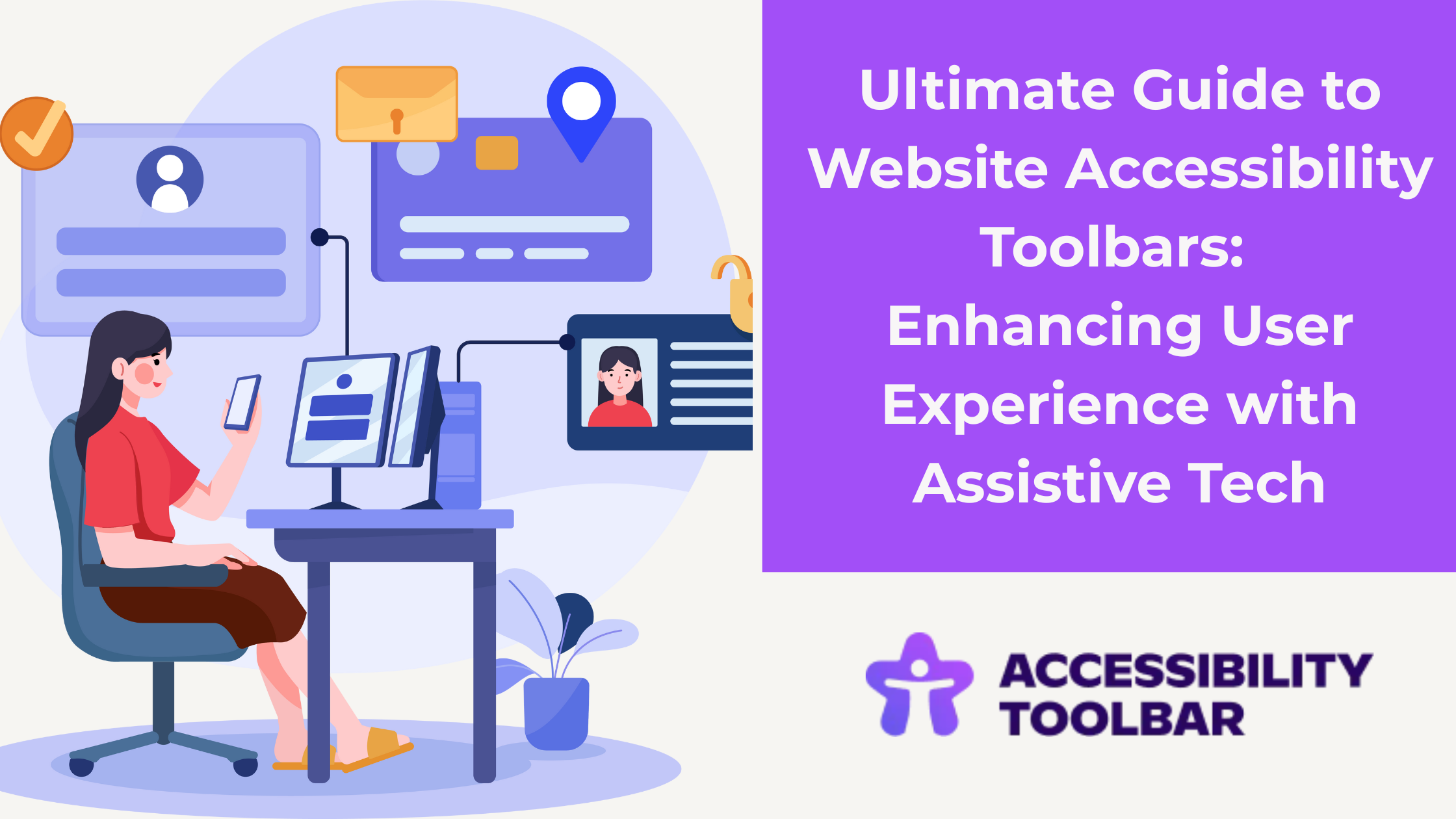The Ultimate Guide to Website Accessibility Toolbars: How Assistive Technology Transforms User Experience
Website accessibility has become a fundamental requirement for UK businesses, with legal obligations under the Equality Act 2010 and evolving digital standards. Website accessibility toolbars represent revolutionary assistive technology solutions that transform how users interact with digital content whilst providing organisations with practical compliance tools.
Understanding Website Accessibility Toolbars
A website accessibility toolbar is a comprehensive assistive technology overlay that integrates seamlessly with existing websites. Unlike traditional web accessibility approaches requiring extensive development resources, these toolbars provide immediate implementation through simple JavaScript installation.
Modern accessibility toolbars operate through user-centric design principles, empowering individuals to customise their browsing experience according to specific needs. Rather than assuming user requirements, these tools place control directly into users’ hands, enabling personalised accessibility solutions.
The technology works by analysing website content and providing interface modifications without altering underlying code structure. This approach ensures compatibility across different content management systems whilst maintaining website integrity and performance.
Essential Features of Effective Assistive Toolbars
Contemporary assistive toolbar solutions encompass comprehensive feature sets addressing diverse accessibility challenges. Visual accessibility features form the foundation, including text resizing capabilities that can increase font sizes up to 300%, ensuring readability for users with visual impairments.
Colour contrast enhancement allows users to modify background and text colours, achieving optimal readability ratios. This functionality proves particularly valuable for users with colour blindness or low vision conditions struggling with standard website colour schemes.
Navigation assistance features include keyboard navigation support, enabling complete website navigation through keyboard commands. This proves essential for users with motor disabilities who cannot use traditional pointing devices effectively.
Screen reader compatibility ensures seamless integration with popular assistive software including JAWS, NVDA, and VoiceOver. This compatibility extends toolbar benefits to users relying on audio feedback for web navigation.
Content modification features allow users to simplify page layouts, hide distracting elements, and highlight important content areas. These features particularly benefit users with cognitive disabilities who may find complex layouts overwhelming.
Implementation and Business Benefits
Successful web accessibility implementation requires strategic planning and user-centred approaches. Organisations should conduct comprehensive accessibility audits before selecting appropriate toolbar solutions, evaluating features based on user needs rather than technical specifications.
The business case for accessibility toolbars extends beyond compliance obligations. Companies implementing comprehensive solutions consistently report improved user engagement metrics, with e-commerce websites often observing 20-40% increases in conversion rates among disabled users.
Educational institutions document enhanced student engagement following toolbar implementation, whilst healthcare organisations report reduced support enquiries and improved patient satisfaction scores.
Future Developments
The evolution of website accessibility toolbars continues accelerating through artificial intelligence and machine learning integration. Future developments promise more sophisticated user personalisation, learning from behaviour patterns to provide proactive accessibility adjustments.
Integration with emerging technologies including voice recognition and eye-tracking systems will expand accessibility options further, creating truly universal design solutions that adapt seamlessly to diverse user needs. Website accessibility toolbars represent more than compliance tools, they demonstrate genuine commitment to digital inclusion whilst building stronger relationships with diverse user communities across the UK.





